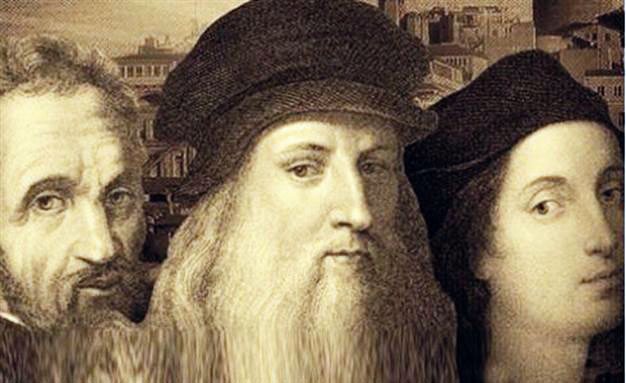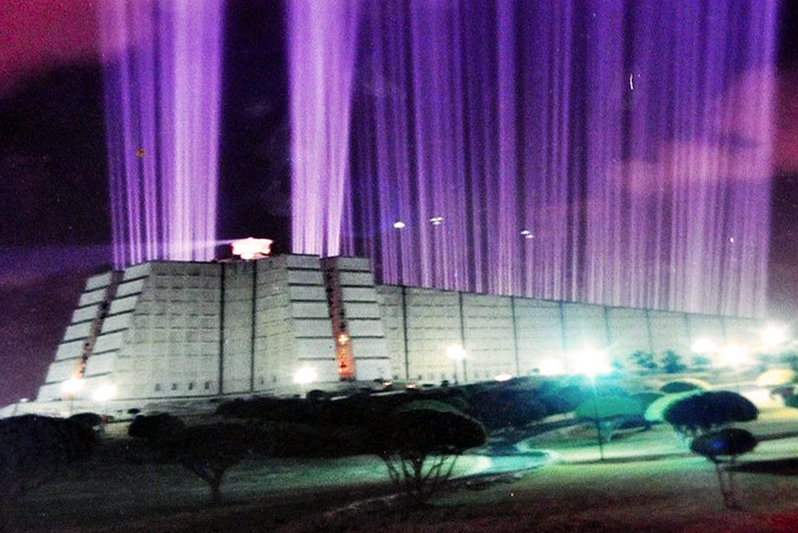On December 22, the Winter Solstice brings us the longest night of the year; a great period of darkness following the shortest glimpse of daylight. Darkness, although inevitable, has historically not had the greatest of connotations.
The “Dark Ages” began with the fall of the Roman Empire in 476 AD and plunged Europe into one of recorded history’s bleakest periods. At its height, the Roman Empire included much of Europe, North Africa and the Middle East. The Empire was so big and its government so complex, that it had difficulty defending its borders from attacks. To help resolve this dilemma, the Empire was split into two administrative divisions starting in the late 200s. It became permanently divided in the late 300s. The Western Roman Empire consisted of western Europe and the western half of North Africa. The Eastern Roman Empire consisted mainly of the Balkans and present-day Turkey, Lebanon, Syria, Israel and Egypt.
The actual fall occurred over the course of decades, but the signs were unmistakable. As the Empire began to crumble, wealthy Romans acquired more and more land in an effort to maintain some semblance of control. The former Roman Empire, Christianized by Constantine in 313, later made the state’s religion in 380, was then ruled by a succession of kings, anointed by the Pope in a precedent established by Leo III in the year 800. These kings later called their dominion “The Holy Roman Empire,” although its only connection to Rome was through the Vatican. Several provinces that did not want to become part of it established their own city-states, notably Siena and Florence.
The new rulers of the Italian city-states were not royalty, but of an entirely different class, that of the merchants. Where wealthy Roman landowners employed many of their countrymen, giving birth to the feudal system, families such as the Medici, Visconti and Sforza vied for economic control. As a result, Siena and Florence regularly engaged in battles for control. In the midst of all of this turmoil, a new phenomenon began, that of Humanism and a rebirth of interest in the arts, education and the classical culture of ancient Rome.
Humanism was a program of study rather than a unified philosophy. It stressed the studia humanitatis – grammar, rhetoric (the art of persuasive argument), poetry, history and moral philosophy. The 12th and 13th century city-states continued to stay unified despite the fierce pressures of the Holy Roman Empire and the Church. Just as it appeared that Europe and Italy, in particular was emerging into the light of day after centuries of social and economic darkness, the year 1347 saw the emergence of a devastating new force. This horrific scourge would ravage the peninsula for another five decades – the Black Plague. Not only did it extinguish lives, it also eliminated hope and the belief in man’s ability to overcome obstacles. When finally the Black Death had run its course, the seeds of Humanism was firmly rooted in Italy and propelled a rebirth – the Italian Renaissance.
Renaissance artists like Michelangelo, da Vinci and Raphael tried to capture the dignity and majesty of human beings in lifelike paintings and sculptures. Writers of the period described human feelings and situations that people could easily understand, while architects like Paladio designed buildings that harkened back to and incorporated elements of the classical style. Many our world’s masterpieces of architecture, literature, paintings and sculptures were created during this period by Italians.
The spread of new ideas during the Renaissance was made faster and easier by the invention of movable type in the mid-1400s. Most of the first printed books were editions of the Bible, but also classical Roman texts. The Renaissance also stimulated a renewed interest in scientific research and in the study of the natural world, with books on scientific subjects appearing by the late 1500s. During the 1600s, scientists developed the modern scientific method, with its emphasis on experimentation and careful observation. The invention of such instruments as the microscope and telescope contributed to a rapid growth in scientific knowledge. It was Galileo Galilei who led the way and is variously referred to as the “father of modern astronomy” and the “father of modern physics.”
By 1700, Galileo had paved the way for new discoveries that revolutionized the fields of astronomy and physics as well as anatomy and chemistry. One can truly see that the modern world had its genesis in the Renaissance. Since it was preceded by one of the darkest periods, perhaps it is true that it is always darkest before the dawn. One thing is certain, it was the Italian Renaissance that showed Europe the light of day.





